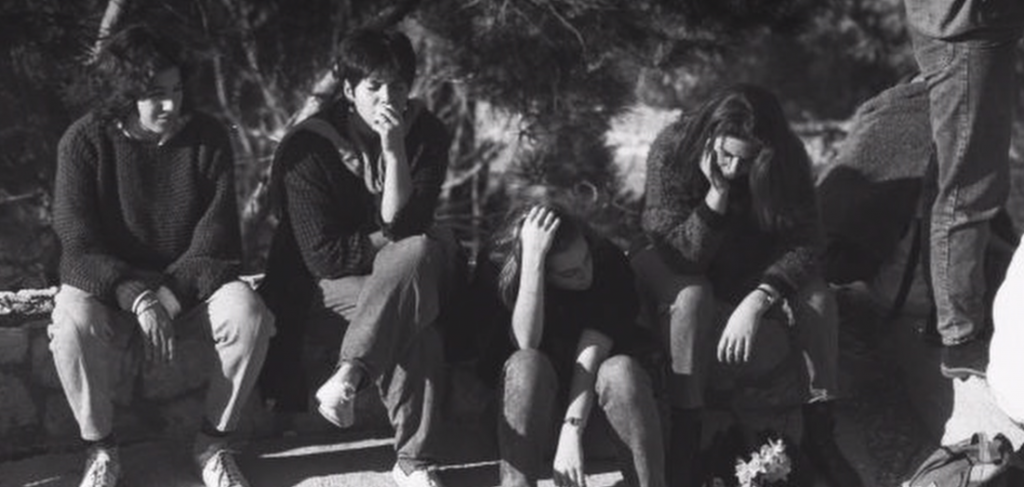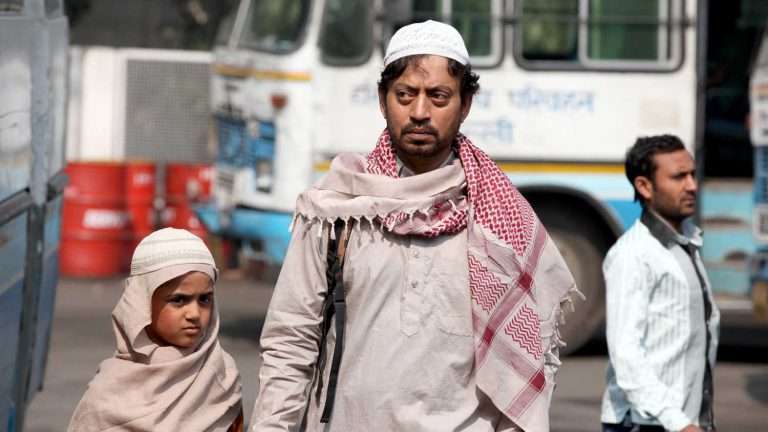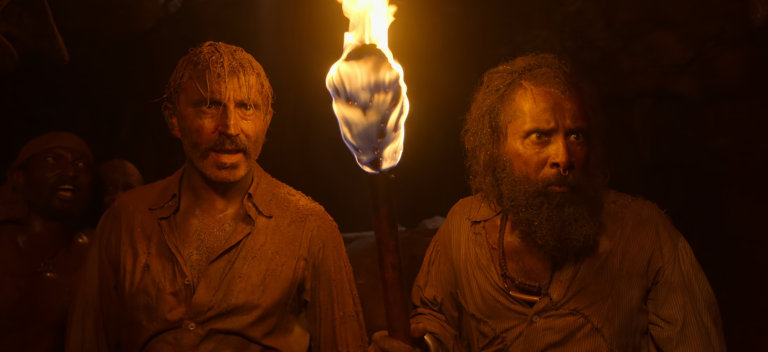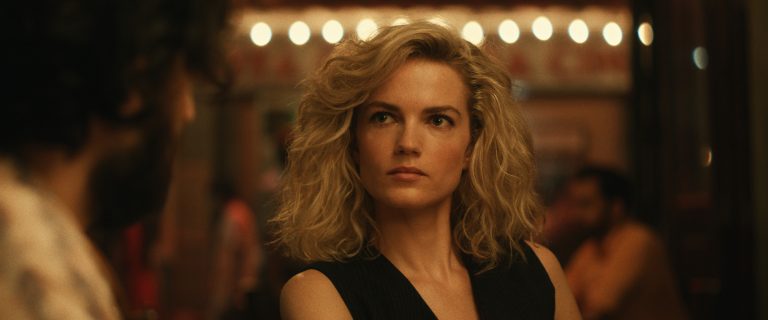The Motive (2021) Review: On Feb 22, 1986, in the Ein Karem Neighborhood of Jerusalem, a 14-year-old boy grabbed an M16 Rifle belonging to his father (he had it at home since he was on reserve military duty) and shoots his family point-blank while they were on their beds in the middle of the night. Since then there have been theories but none which provide a concrete explanation as to the reasoning or “motive” behind said murders.
The documentary starts with the creators conducting interviews of the primary investigative officers from that case. What creators Tali Shemesh and Asaf Sudri manage to do is give a very thorough picture of the grisly act, be it through reenactments as well as through archival footage. The reenactments throughout the documentary are shot in a 4:3 aspect ratio and a grainy video feel, to maintain that aesthetic with the archival footage, making it hard to distinguish between said footage and reenactments. When the investigative officers finally question the boy as to the “why”, or the titular motive, the boy answers stating that a green creature had commanded him to do so.
The dissonance between the 14-year-old boy, described as kind and brilliant, and the boy who committed this heinous deed to his kin – is the pervading theme driving throughout this documentary. The primary motive for creators Shemesh and Sudri is to make sense of the dissonance, and they try by interviewing Yossi Arnon, the defence lawyer in the case, along with others like his chronicler Ruthie Yovel, to the people who knew other members of his family. All of these differing interviews manage to paint a picture that only succeeds in widening said dissonance, not narrowing them.
Arnon is the closest thing the creators have resembling a smoking gun, a man with knowledge of something far more important – the true motive of the murderer. But other than giving an insight into how cool, calm and brilliant the boy was, the most we get as an audience from Arnon are vague platitudes like “If you are thinking what I am thinking, then it completely falls into place”, and this paraphrasing of his statement is used throughout the 4 episode limited series, to build up to a reveal which doesn’t happen.
The frustrating aspect of this documentary series is contrary to its title, the actual motive is never fully definitively answered. Theories are presented by psychiatrists. The film Papillion, which the boy was dreaming about before waking up and murdering his kin, is used as a substrate to produce theories. It doesn’t help that Arnon in the end doesn’t come off as anything but someone who loves the spotlight to leave any definitive answers, but credit to the creators who follow these vague assumptions and manage to produce conflicting images.
Also, Read: Mindhunter (2017-) – An Engrossing Crime Drama Series On The Phenomenon Of Serial Murder
The biggest positive that The Motive manages to do is engage with the audience; invite the audience along with the creators to make sense of all these conflicting theories and bizarre viewpoints. And while the true nature of the murderer might be a very foregone conclusion for the viewer, The Motive manages to show how difficult it is to make a foregone hypothesis transform into a definitive conclusion for the investigators as well as psychiatrists and chroniclers.
Remarkably, the creators manage to capture the frustrations of the investigative officers who already have a definitive theory in their head, but are unable to prove it in reality. This gives the documentary an added weight and helps the audience identify with the frustration as well.
At 4 episodes long, each of 30 mins average runtime, The Motive is a binge-able and short watch relatively. But like most Netflix True Crime Documentaries, it struggles to justify its existence as a 4 episode Limited Series than a standalone film, primarily because there are times that the documentary manages to repeat its points over and over again, which soon becomes tiring after a while. However what sticks with you is the fact that the creators take a good deal of time to explore the psyche of the said murderer, and what the audience is left with is an unsettling feeling whenever he or the version of him in the reenactment comes on the screen. For a true-crime documentary that level of immersion and engagement is why there are so many fans of this genre. However, if you are expecting definitive answers, you would have to look elsewhere.







![Rathnan Prapancha [2021] Review: An Emotional Tale Marred By The Mediocre Narration](https://79468c92.delivery.rocketcdn.me/wp-content/uploads/2021/10/Rathnan-Prapancha-768x427.jpg)


